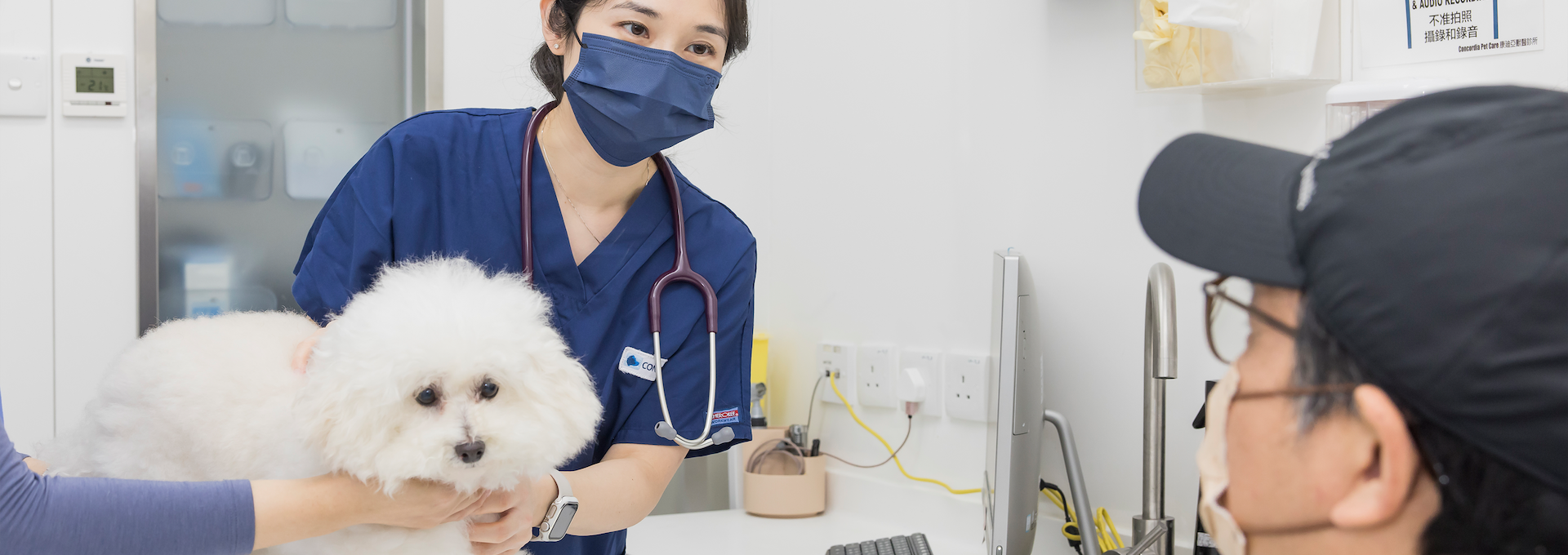
Understanding and Managing Kidney Disease in Cats
 Concordia Pet Care
Concordia Pet Care
 2025-08-24
2025-08-24


Kidney health plays a vital role in a cat’s overall well-being, yet kidney diseases are among the most frequently diagnosed long-term illnesses in feline patients. While many cases develop slowly over months or years, the effects can be significant without timely detection and care.
By learning how the kidneys function, recognizing subtle early signs, and understanding available treatment approaches, pet owners can help their companions with feline kidney disease enjoy more comfortable and fulfilling lives.
What Do Your Cat’s Kidneys Actually Do?
The kidneys act as the body’s filtration system, removing waste products and excess fluid from the bloodstream. They also regulate electrolytes, manage blood pressure, and produce hormones essential for red blood cell production and bone health. If kidney performance declines, these processes are disrupted, affecting multiple organ systems.
Types of Kidney Problems in Cats
Kidney conditions in cats generally fall into two categories:
1. Acute kidney injury: Develops suddenly, often from toxin exposure (such as lilies or antifreeze), severe infections, or urinary obstructions. Rapid veterinary intervention can sometimes reverse damage.
2. Chronic kidney disease: Progresses over time, most often in older cats, and cannot be cured, but can be managed to slow its progression.
Life expectancy and comfort vary depending on when kidney disease in cats is detected, what causes it, and how well the cat responds to treatment. Cats diagnosed in the earlier stages can often live several years with proper care, while advanced-stage cases may have a shorter survival time measured in months.
With consistent care, many cats maintain a good quality of life well into their senior years.
Early Warning Signs of Feline Kidney Disease
Changes in thirst and urination
Cats with early or chronic feline kidney disease often drink more water and urinate more frequently, producing larger volumes of pale urine. In acute cases, urine output may decrease sharply or stop altogether, which is a veterinary emergency.
Weight loss or reduced appetite
Cats with this condition often lose weight despite eating normally at first, and as their kidney disease progresses, they may show less interest in food. This is linked to toxin buildup in the blood.
Lower energy and increased weakness
A drop in activity, reluctance to jump, or longer rest periods may indicate the body is struggling to maintain balance. Electrolyte imbalances can worsen fatigue.
Unpleasant breath or mouth sores
In advanced stages, kidney problems in cats can cause bad breath with a distinct chemical scent. Ulcers may form on the gums or tongue, making eating painful.
Digestive upsets
Vomiting, loose stools, or constipation can result from waste products irritating the digestive tract. These signs often appear intermittently at first, then more regularly.
Diagnosing Kidney Disease in Cats
Laboratory testing
Blood tests measure waste products such as creatinine (CREA), blood urea nitrogen (BUN), and symmetric dimethylarginine (SDMA). Elevated levels of these markers can indicate reduced kidney function, even before obvious symptoms appear.
A urinalysis is also performed to assess urine concentration, detect protein loss, and check for infections that may complicate kidney problems in cats.
Imaging and specialized assessment
Ultrasound allows veterinarians to see the kidneys’ internal structure in detail, helping identify scarring, cysts, or tumors. X-rays can reveal changes in size, the presence of stones, or abnormal shapes that suggest underlying disease. In some cases, contrast studies or advanced imaging like CT scans are recommended to gain more information.
Staging kidney failure
The International Renal Interest Society (IRIS) uses a four-stage system to classify cat kidney failure. Stage 1 indicates mild changes with little to no clinical signs, while Stage 4 represents severe loss of kidney function and significant symptoms.
Staging is based on bloodwork values, urine tests, and sometimes blood pressure readings, enabling vets to create tailored treatment and monitoring plans for each cat.
Treatment Options for Cat Kidney Failure
Nutrition and hydration support
Prescription renal diets reduce the workload on the kidneys by controlling protein, phosphorus, and sodium levels. Increased moisture through wet food or fountains helps combat dehydration.
Medical management
Medications may target high blood pressure, anemia, nausea, or elevated phosphorus levels that strain the kidneys. Supplements such as omega-3 fatty acids and vitamins can also support overall kidney health and slow disease progression.
At-home subcutaneous fluid therapy
Your vet at Concordia Pet Care, for example, may teach you how to administer fluids under the skin to maintain hydration and support kidney function between clinic visits. This procedure can improve comfort, boost energy, and help reduce toxin buildup.
Advanced procedures
In select cases, dialysis or kidney transplantation may be possible, though these require specialized facilities, experienced teams, and often carry higher costs. These options are typically considered for severe or rapidly progressing cat kidney failure.
Daily Home Care Tips for Cats with Kidney Disease
Monitor appetite, weight, and litter box habits
Regular monitoring helps spot changes quickly, allowing adjustments to care before problems escalate further. Keep a simple log to track trends over time.
Encourage water intake
Fountains, flavored water, or adding low-sodium broth to food can entice cats to drink more and stay properly hydrated. Multiple water sources may also help.
Manage blood pressure and schedule follow-up testing
Routine checks and lab work track disease progression and help fine-tune treatment plans for feline kidney disease. Consistent follow-up ensures timely adjustments.
Preventing Kidney Disease in Cats
Routine veterinary visits and screening for seniors
Annual exams can detect subtle changes before symptoms appear or progress further. For older cats, twice-yearly screenings like those offered through our Senior Care Plan can help catch kidney problems in their earliest stages.
Avoid exposure to harmful substances
Lilies, antifreeze, certain human medications (such as ibuprofen, acetaminophen, and aspirin), and some cleaning agents can trigger acute kidney damage very quickly. Keep these well out of reach at all times.
Provide balanced nutrition and maintain a healthy weight
High-quality diets and proper weight management support kidney function, immune health, and overall well-being. Tailor feeding plans to your cat’s specific needs.
FAQs About Cats and Kidney Disease
Can cats recover from kidney failure?
Recovery is possible in acute cases if the cause is addressed quickly, such as removing a toxin or treating an infection. Chronic cases cannot be reversed but can often be managed long-term.
Are some breeds more prone to kidney issues?
Yes. Breeds like Persians, Abyssinians, and Siamese may have genetic tendencies toward certain kidney problems in cats. Regular monitoring can aid in early detection.
What factors affect the cost of treatment?
Expenses can vary widely depending on the stage of cat kidney failure, the chosen therapies, and how often follow-up care is required. Costs may include prescription diets, medications, subcutaneous fluids, and regular lab testing, which can add up over time.



